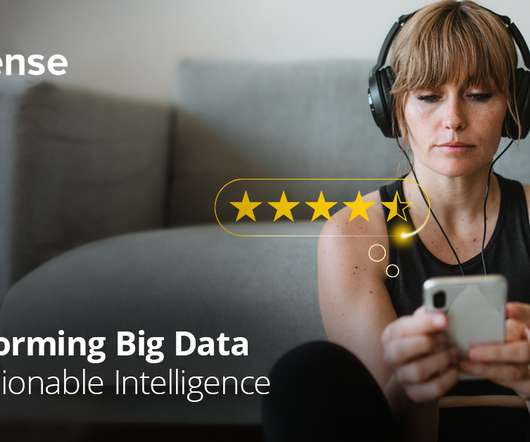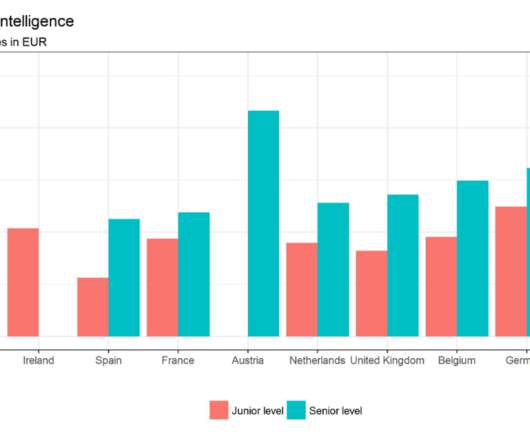Deciphering The Seldom Discussed Differences Between Data Mining and Data Science
Smart Data Collective
NOVEMBER 18, 2020
The Bureau of Labor Statistics estimates that the number of data scientists will increase from 32,700 to 37,700 between 2019 and 2029. Unfortunately, despite the growing interest in big data careers, many people don’t know how to pursue them properly. What is Data Science? Definition: Data Mining vs Data Science.












Let's personalize your content